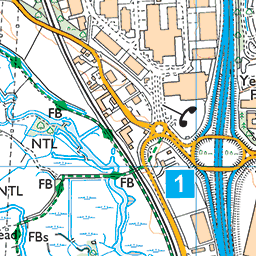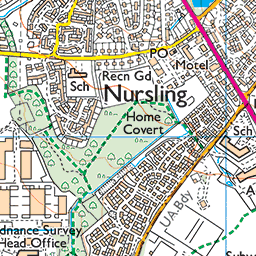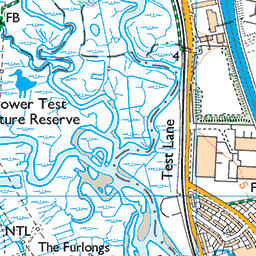Wedi’i ychwanegu at eich Cynllunydd Taith isod
Cyfrifiannell pellter
Hidlwyr Map
Customise your trip with our filters.
Hidlwyr Map

Ewch o un opsiwn i’r llall isod i ddangos y marcwyr sydd ar gael.
Cyffredinol Marchogaeth BeicioLlety
Pwyntiau o ddiddordeb
Gwasanaethau
Llwybrau
Llety
Pwyntiau o ddiddordeb
Trafnidiaeth
Llety
Pwyntiau o ddiddordeb
Trafnidiaeth


















Mae'r proffil o uchder eich teithlen yn cael ei greu pan fyddwch yn defnyddio’r cyfrifiannell pellter (uchod) i dynnu llinell.
Mae'r proffil o uchder eich teithlen yn cael ei greu pan fyddwch yn defnyddio’r cyfrifiannell pellter i dynnu llinell.

Wharram Percy is the most famous of over 100 deserted medieval villages in the Yorkshire Wolds. Not only is it exciting for its beautiful location, but it has been so well researched by Prof. Beresford and his colleagues that many people have heard of it and want to visit the best-preserved uninhabited village in England.
The Scandinavian form of Wharram (hwerhamm) means "at the bends" and Percy is named after the great northern lords who owned much of this land in the 12th and 13th Centuries. The Black Death, sheep farming and isolation reduced the population until the last house was abandoned in 1500. Ironically the coming of the railway line in 1853 and the nearby chalk quarries which supplied the Redcar steelworks with 99% pure chalk could have justified the continuance of the village, but who could have foreseen that 300 years earlier.
After just over 100 years the railway line was also abandoned, the chalk quarry is now a nature reserve (for Yorkshire Wildlife Trust members only) and the nearby Burdale tunnel bricked up. (There is a padlocked doorway into it so naturalists can check the important bat population from time to time).
Wharam Percy is on the Yorkshire Wolds Way National Trail but can also be accessed via a short walk along an uneven track off the B1248. The track is steep in places.
